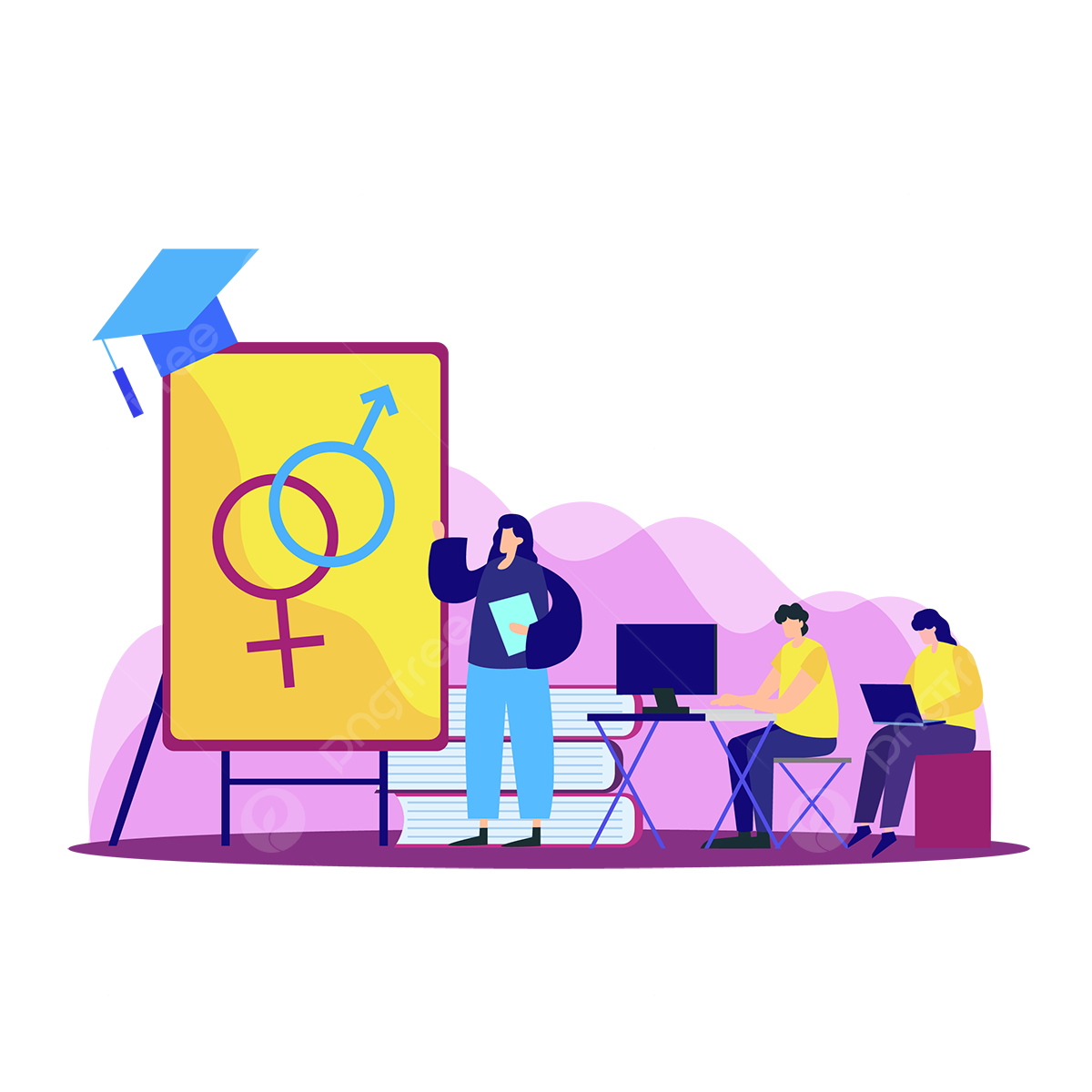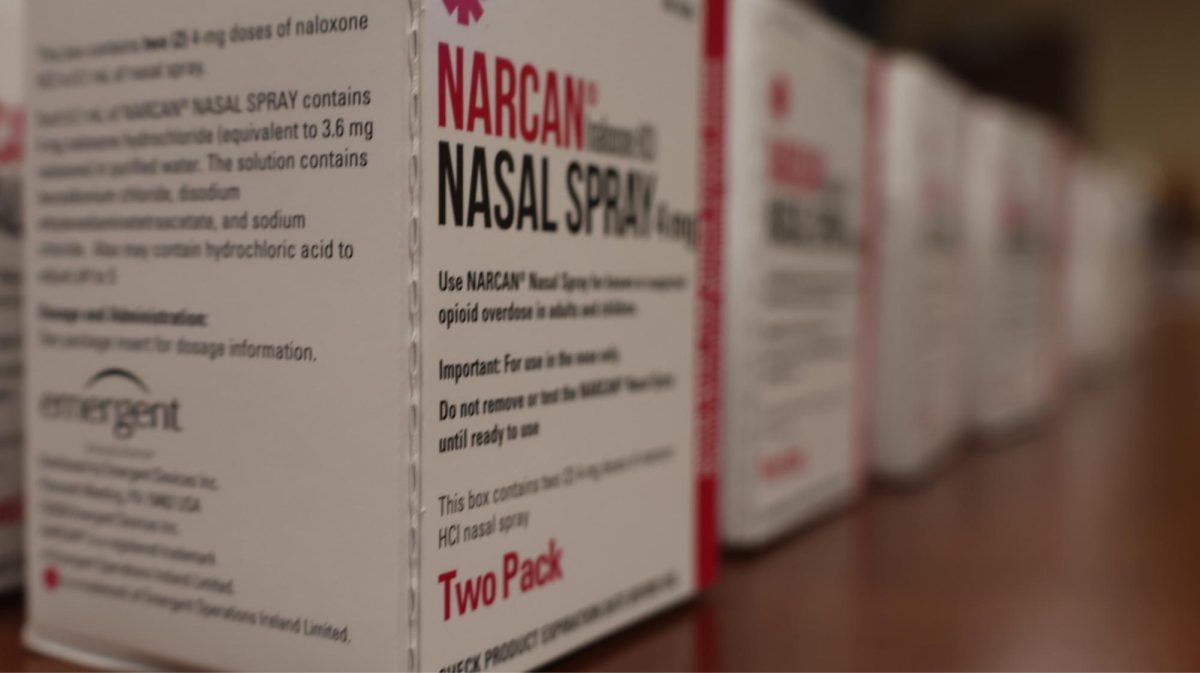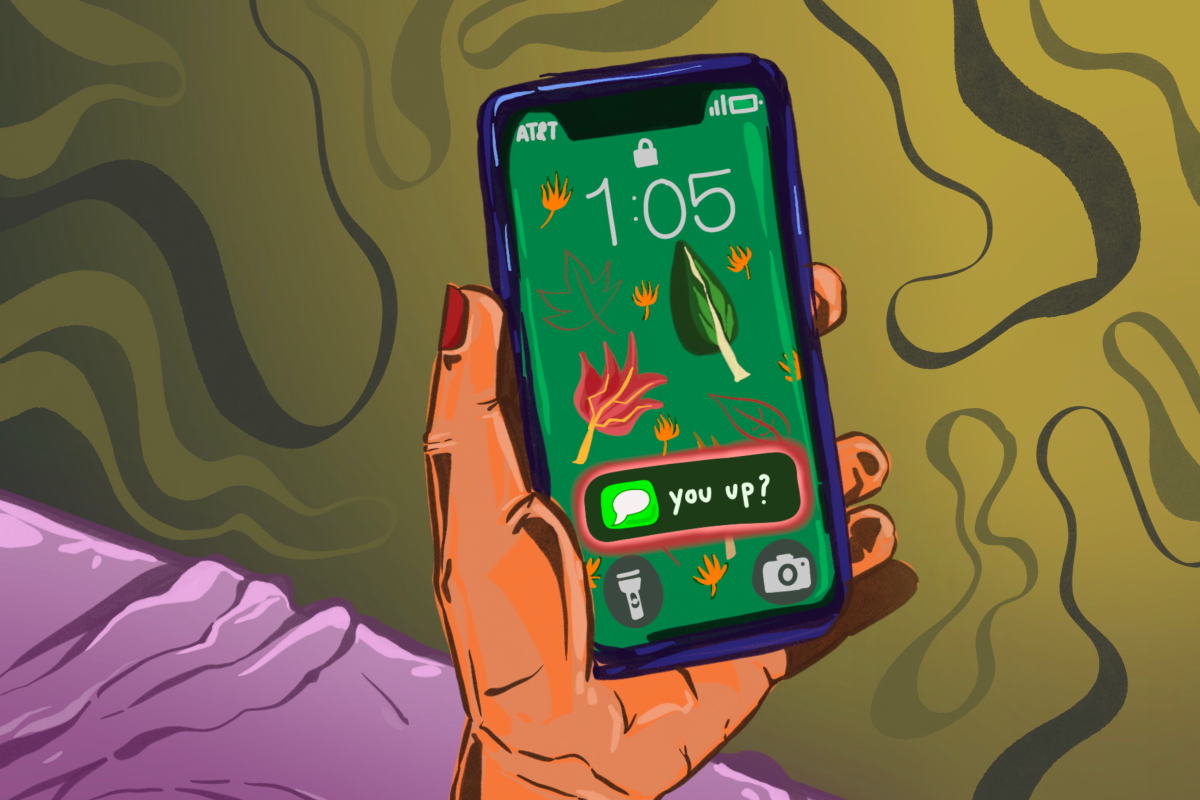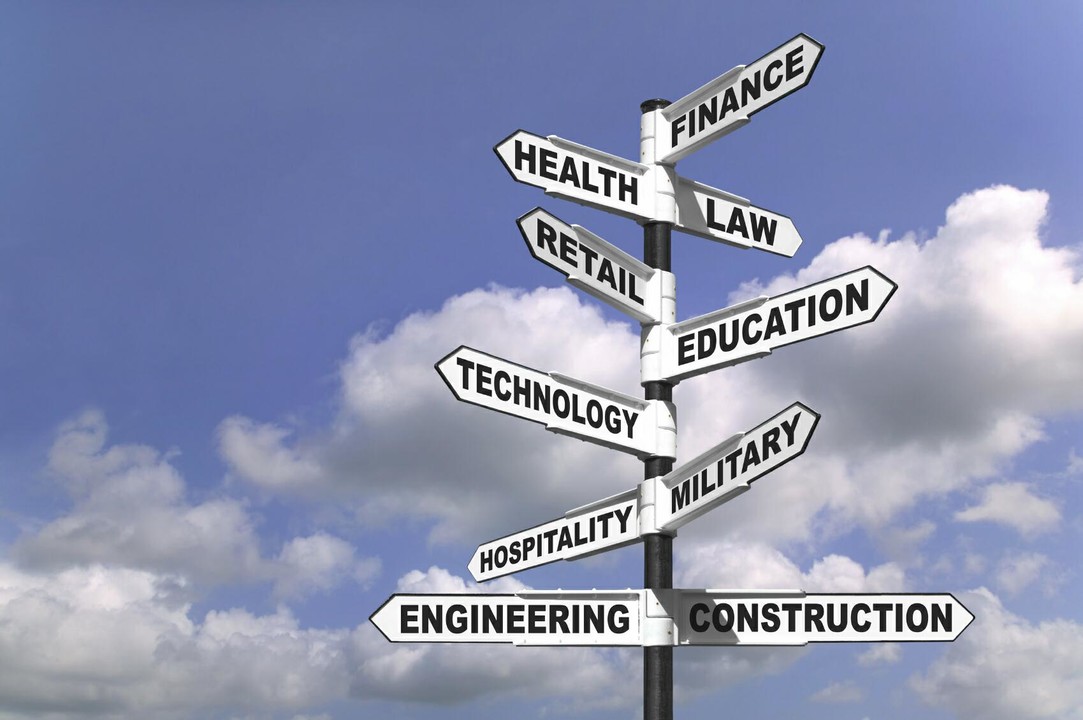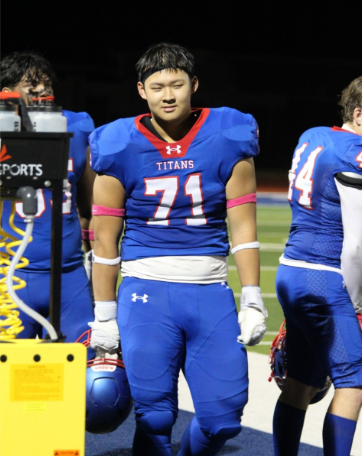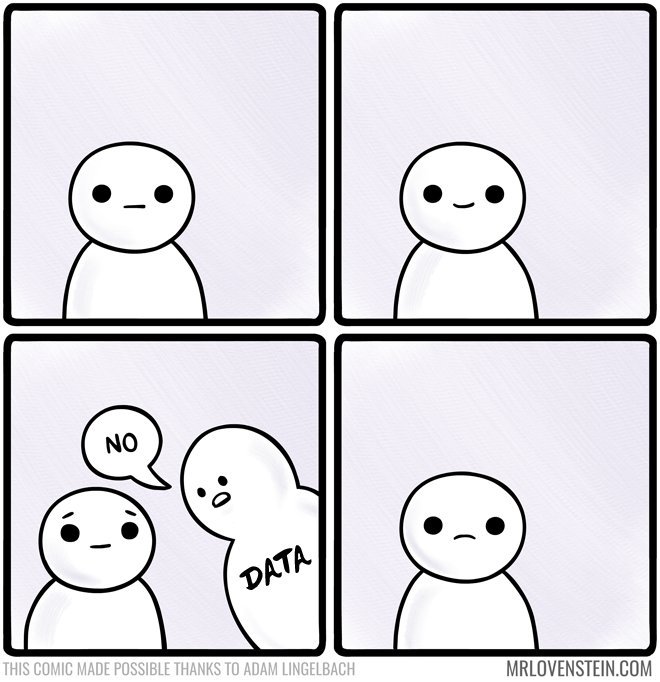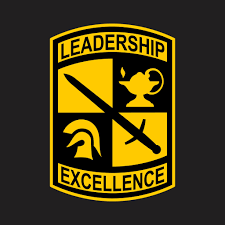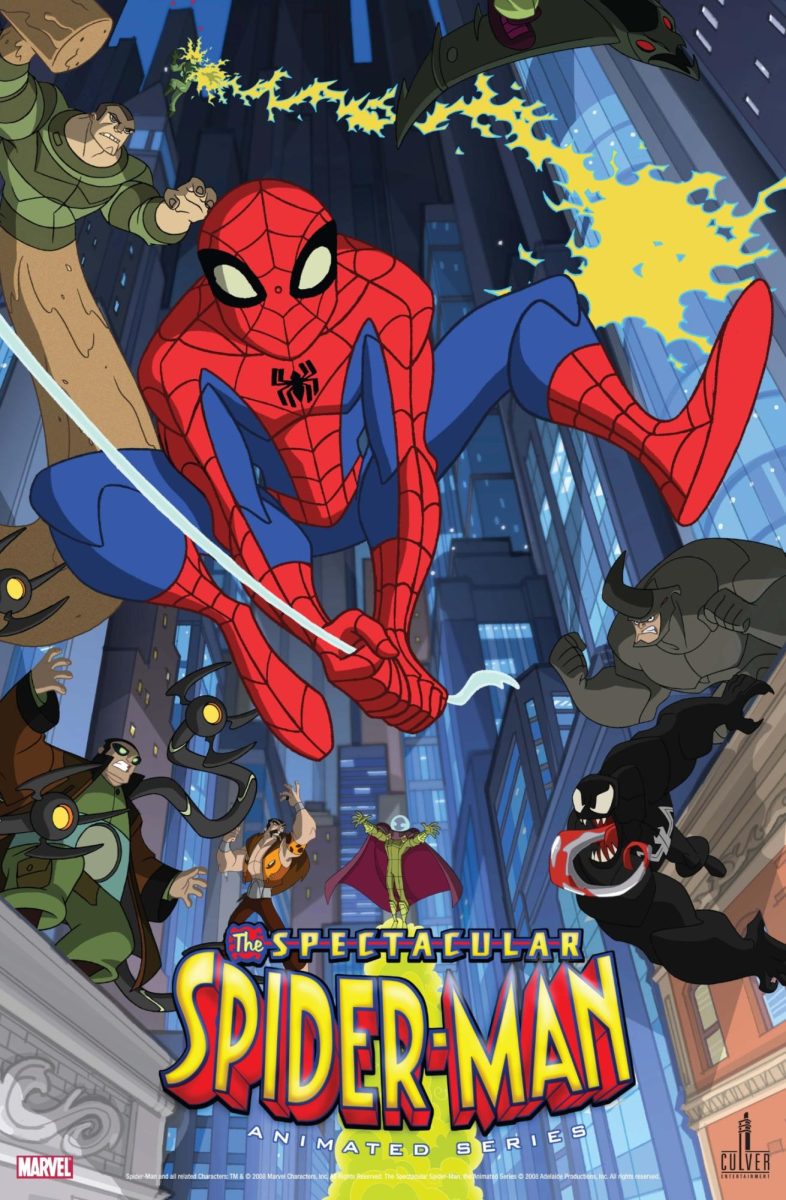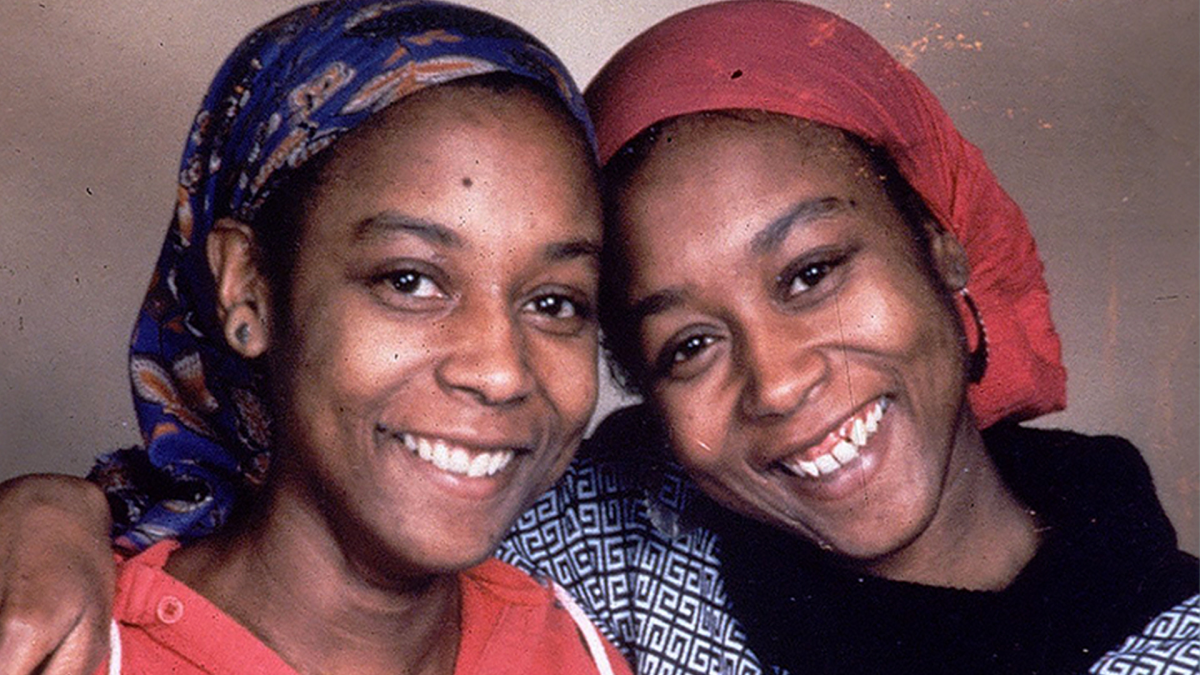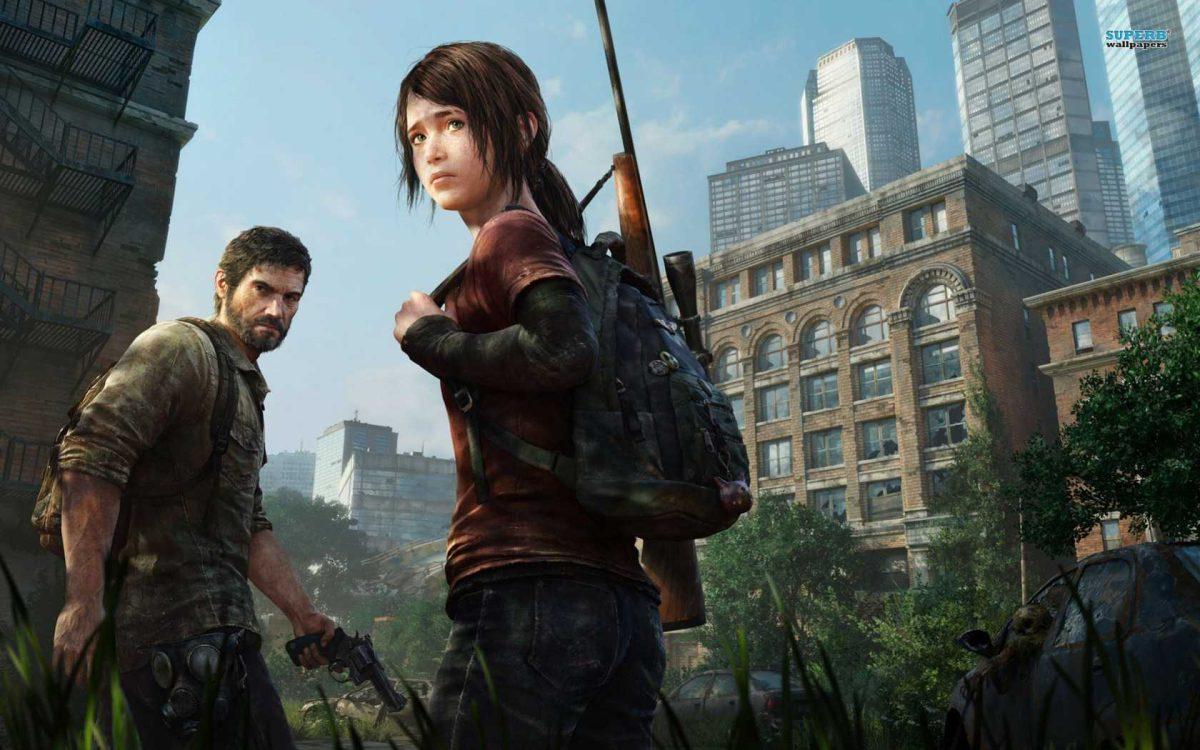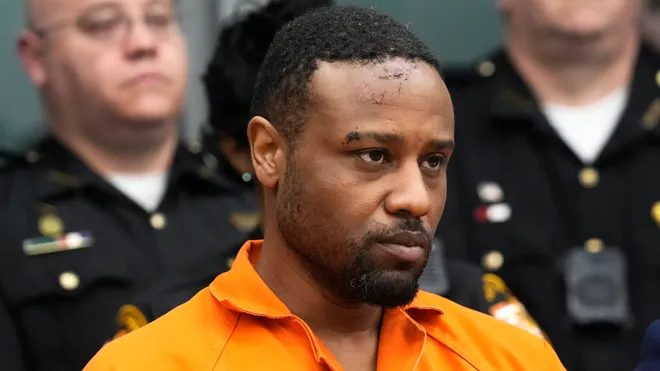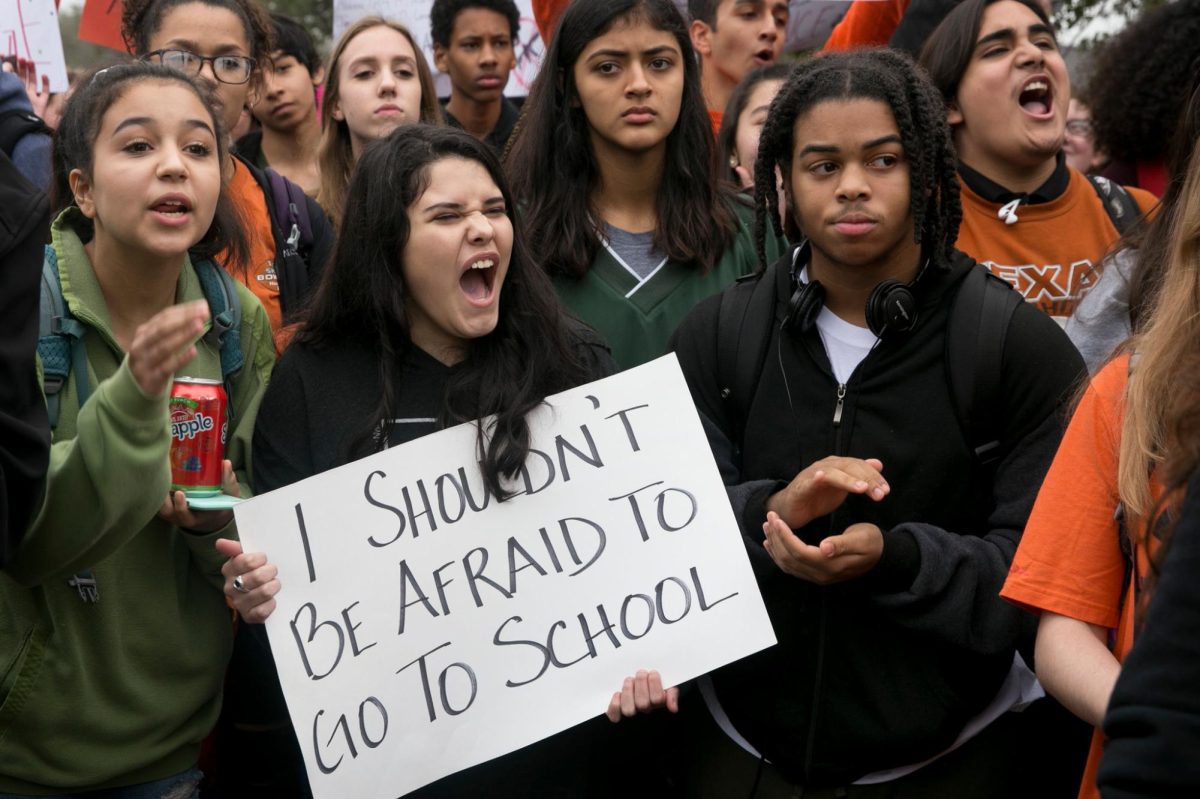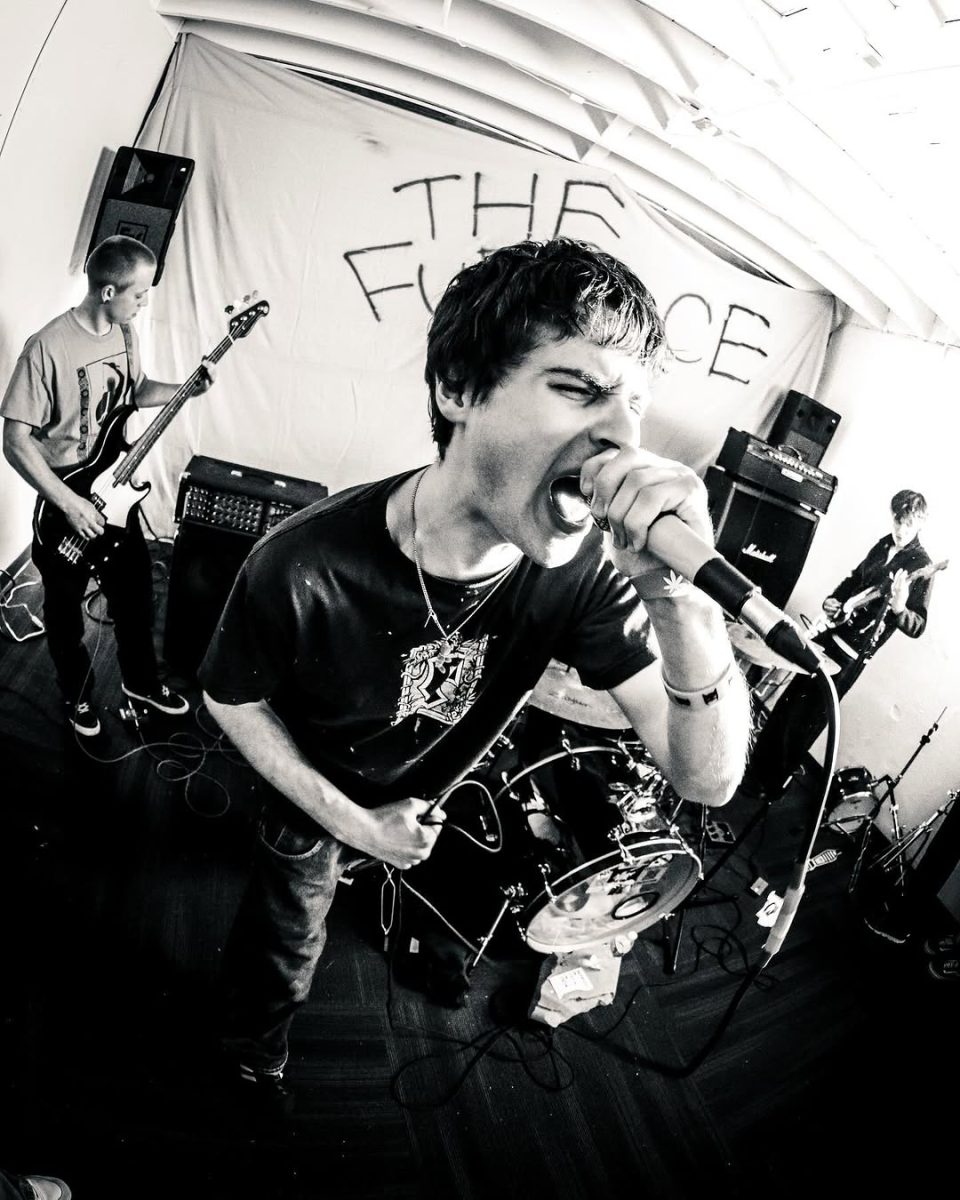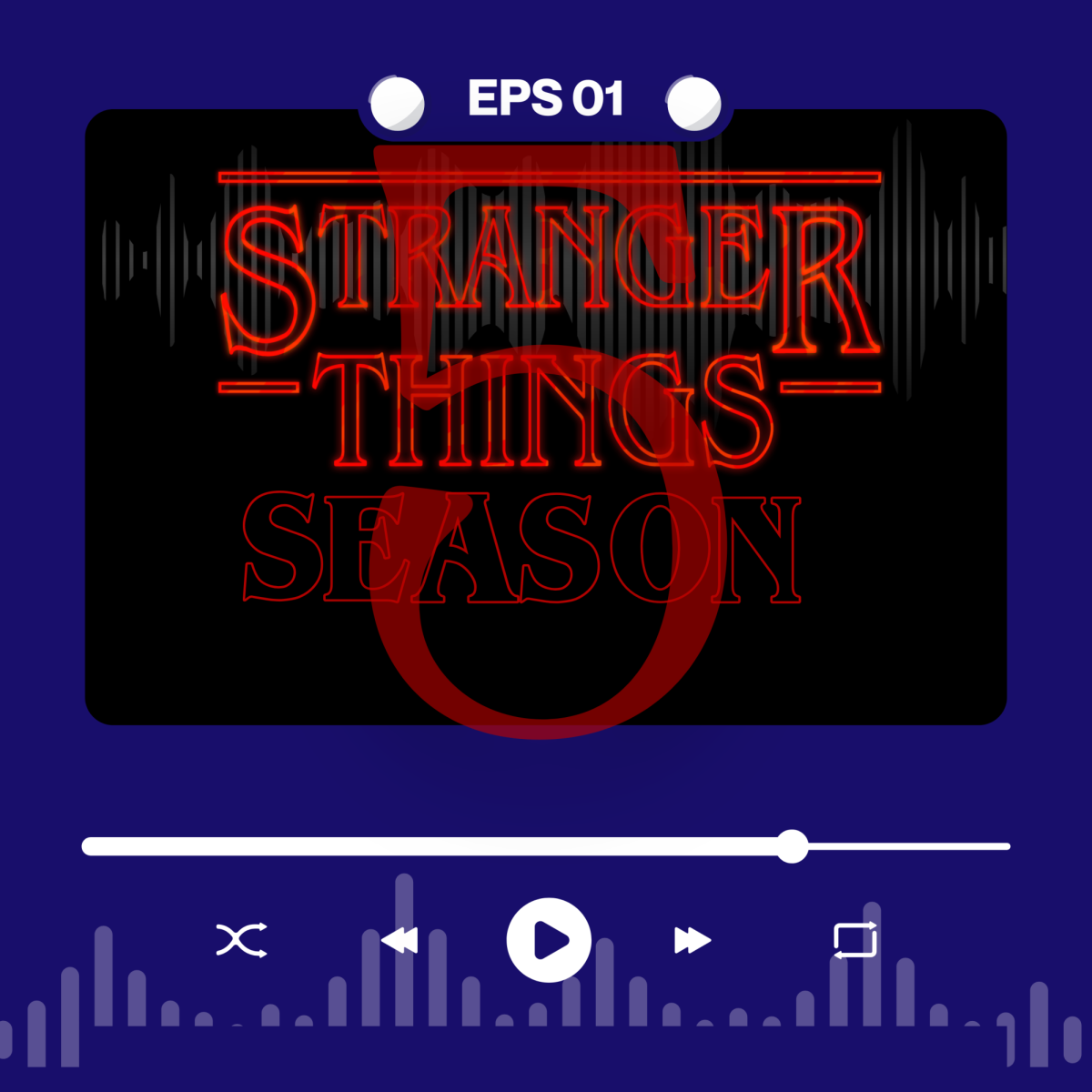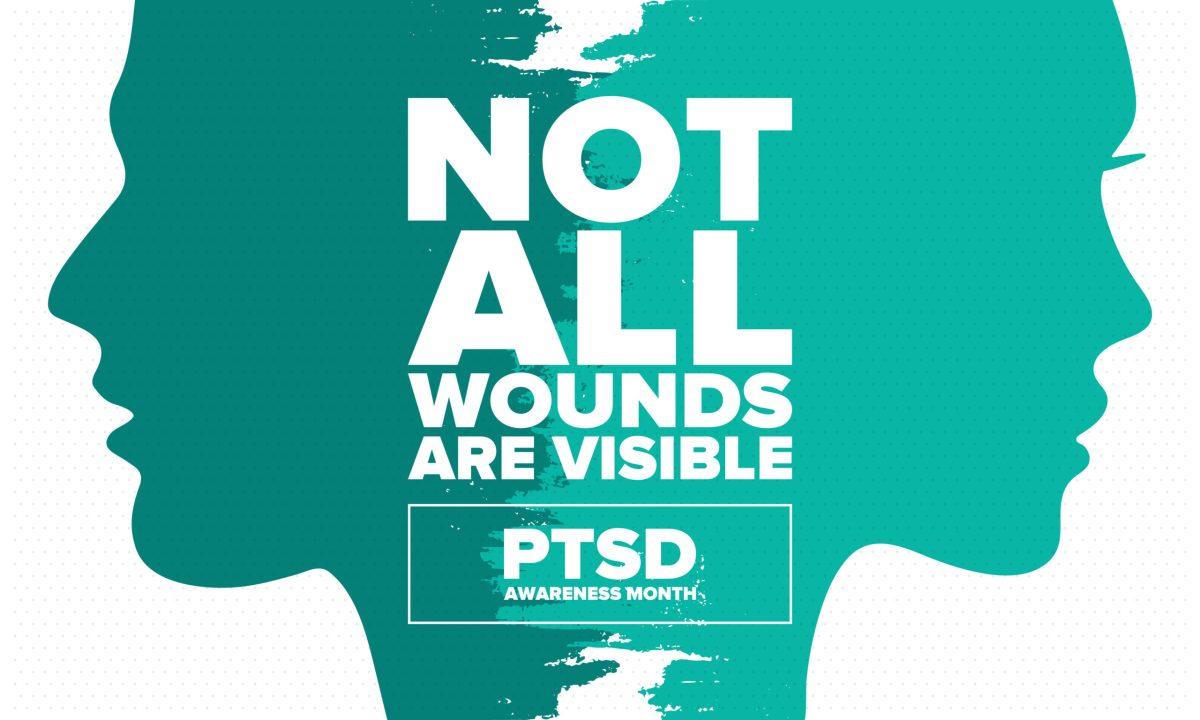
Having a traumatic event in adolescence can change the way you view the world around you as this changes your brain. Trust, relationships and connections can differ with people in your life.

PTSD (Post Traumatic Stress Disorder) is a psychiatric disorder that can occur when someone experiences or witnesses a situation that is traumatic. Examples include, domestic violence, natural disaster, physical abuse and even observing death.
As you can see, PTSD can happen in many different ways. This either can be one experience that was traumatic or multiple which, in that case, would be C-PTSD (Complex Post Traumatic Stress disorder). Therapy can be a very beneficial source that can help individuals process their hurt.
For children, this disorder can be extremely difficult as they are still learning and growing. Statistics show that 6% of boys and 15% of girls have developed PTSD either as a child or a teenager.
Since this is a life long battle, there are effects that happen after the incident. These include: nightmares, intense fear or sadness, as well as irritability and anger. Being with the person who has experienced this can do wonders. It is hard to deal with big changes on your own, good or bad. Respecting and being understanding can help immensely for your loved ones.

